Dirt
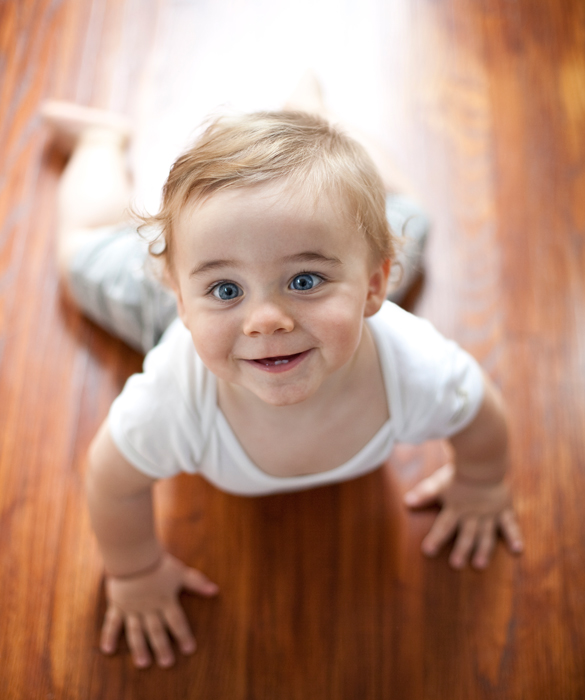
It’s everywhere when you have kids playing outside and people moving inside and out … and it all gathers on your floors. Not as icky when it’s under your feet, but when it’s right under your nose as a crawler? Super-gross.
Safeguarding Against Dirt
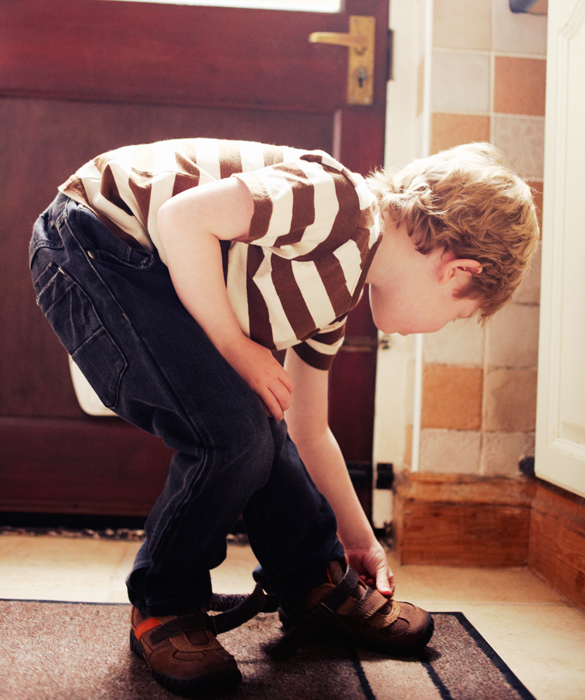
The best way to avoid dirt is to start at the biggest source: shoes. “Ask everyone to remove their shoes when they come in,” says Dr. Tanya Altmann, pediatrician and author of Mommy Calls. “Even if you can’t enforce it 100 percent, any amount is better than no amount.”
Germs
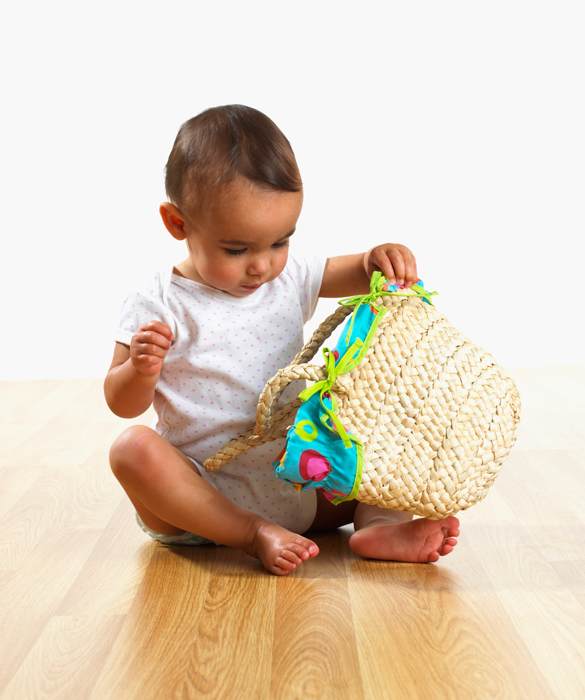
Altmann says germs, bacteria and viruses can all get tracked in on shoes, be transferred from the bottoms of bags and basically find their ways onto floor surfaces in an endless number of ways. Yuck.
Safeguarding Against Germs
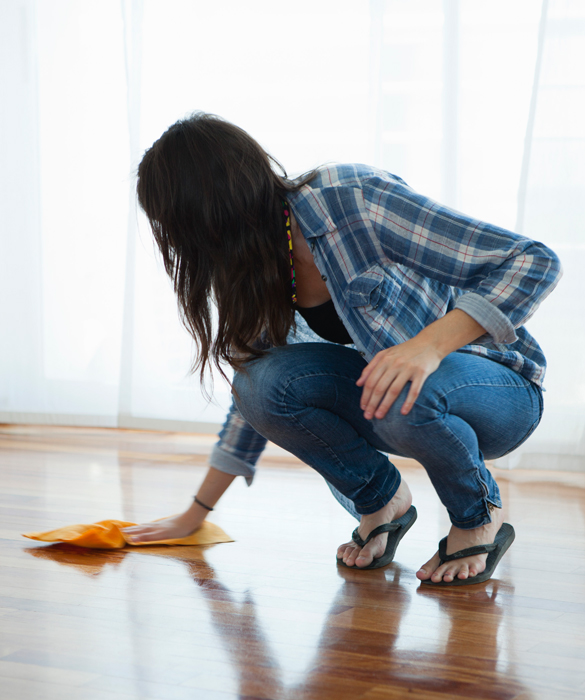
While eliminating all germs is impossible, it’s essential to clean regularly. “You don’t need to be a germophobe,” says Altmann, “but the more cracks and crevices, the more places there are for germs to hide and get stuck.” Clean these surfaces most often, but make sure to vacuum and wipe down floors at least a couple times a week.
Toxins
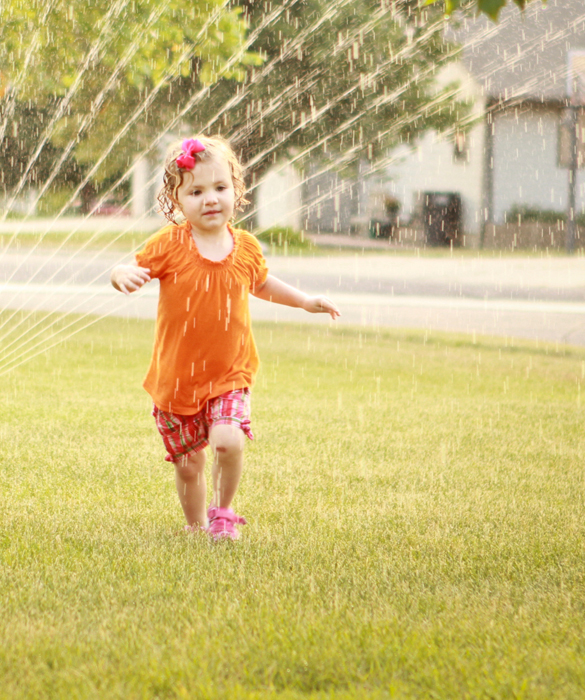
Like germs, trace toxins can wind up on your floors in a million ways, and there’s a laundry list of problematic ones. Think about what you’re walking through, sitting on, setting items upon and coming into contact with on a daily basis, says Green Cleaning Expert Leslie Reichert, author of The Joy of Green Cleaning. “There are oils, gasoline and other petroleum products,” she says. “Asphalt and its sealer are also very toxic, and then there’s animal feces, lawn pesticides and other chemicals—you don't want your toddler exposed to those toxins.”
Safeguarding Against Toxins
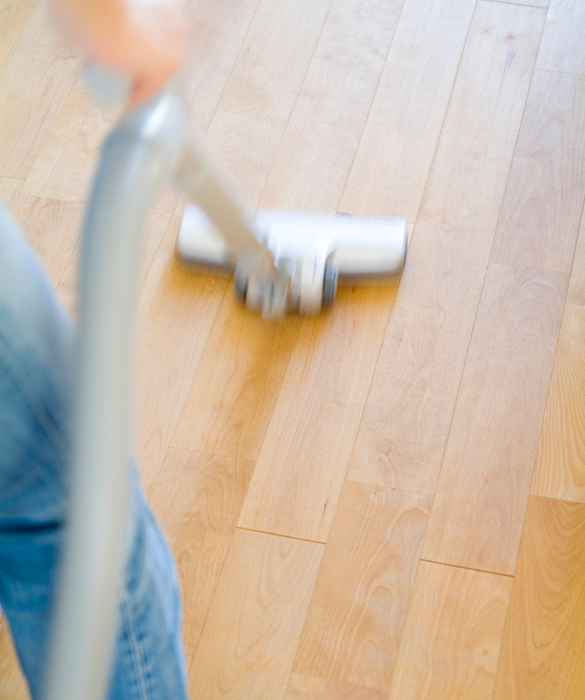
Remember, your baby will inevitably put his hands in his mouth, so you must vacuum the carpet and clean hard surfaces regularly. Just beware of another possible toxin source: “We need to pay attention to the ingredients in the cleaners we use on the floors,” says Reichert. “In trying to keep the floors clean, we use harsh cleaners to kill germs, but in reality, the ingredients in the cleaners can actually be more dangerous than the germs and dirt you are trying to remove.” Use a natural cleaning solution, or steam-clean your floors. A good vacuum that has a HEPA filter will also pick up most of the large particles of dirt, keeping them inside the vacuum instead of spitting them back out.
Food
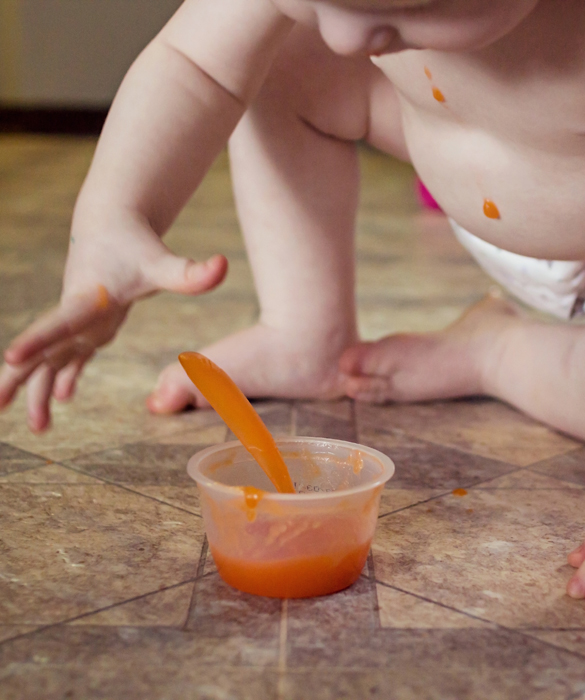
Whether it’s dropped snacks from your other kids, or bite-size pieces that fall off your baby’s tray, food hits the floor. Sometimes, it stays put, and sometimes it rolls away …
Safeguarding Against Food
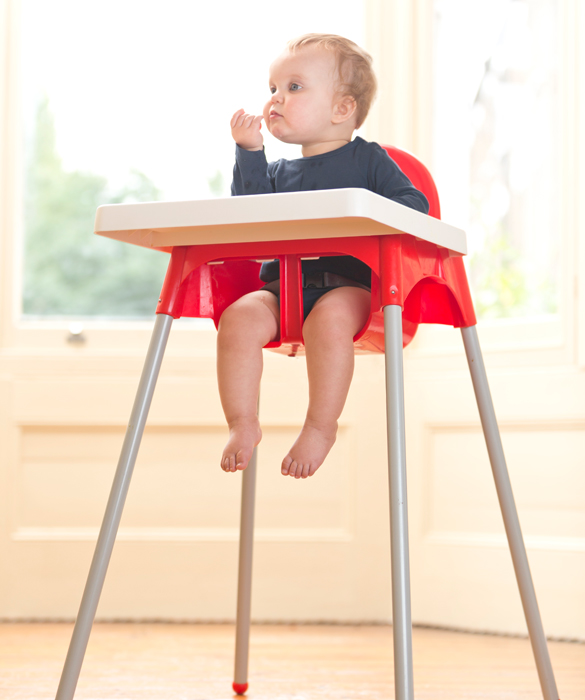
The bottom line is that food that touches the floor needs to be grabbed and not ingested. First, food that’s too big can be a choking hazard. Second, there is no such thing as the five second rule. When that snack hits the floor surface, it’s in a germ factory. “Putting something into the mouth of a toddler after it's dropped on the floor is like pulling something out of the garbage and letting your child eat it,” says Reichert, citing a study from the Hygiene Council that found the kitchen floor just in front of the sink to have more bacteria than the inside of a trash can. Be on the lookout for food on your floors that a crawler may grab, and if something’s dropped? Make sure it’s found.
Sharp Objects
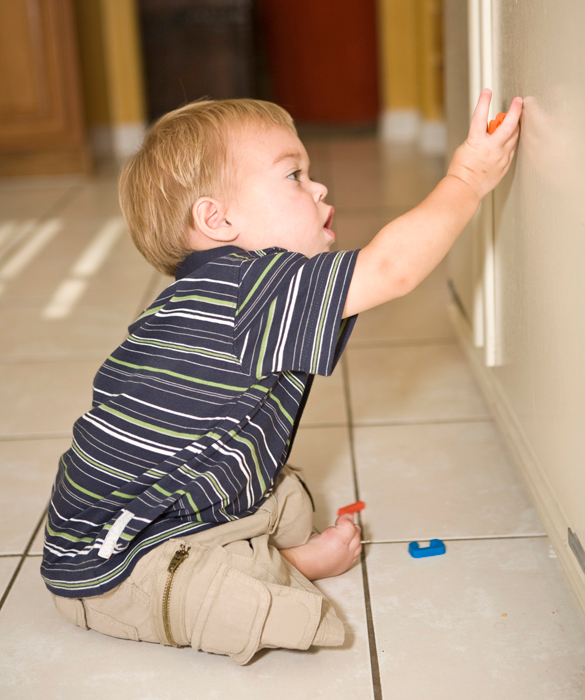
More than even germs or toxins, Altmann is most concerned about small objects that can be dropped and lost—and then found by your baby and potentially choked on. Think: backs of earrings, coins, safety pins or magnets.
Safeguarding Against Sharp Objects
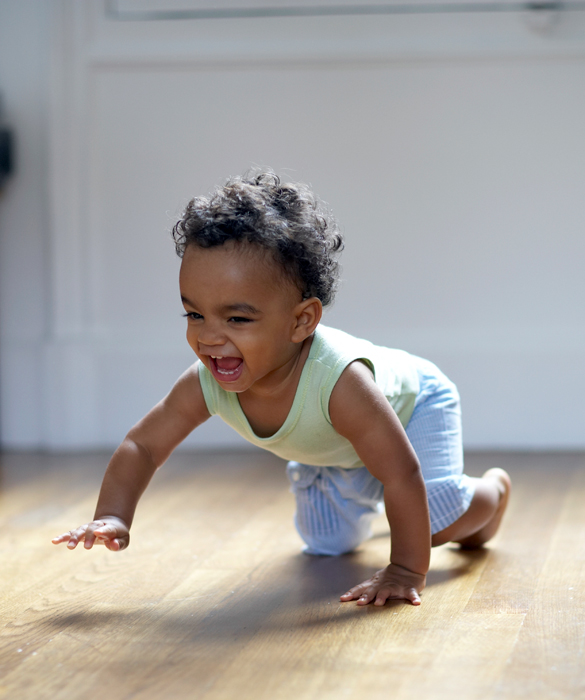
Altmann says it’s OK to let your child crawl in most environments where she can safely explore—like soft carpets and play mats. But before you put your child down on the floor in a room, keep a watchful eye. Make sure to quickly check for fallen items, and vacuum several times a week to pick up small objects that may be hidden in carpet fibers.
